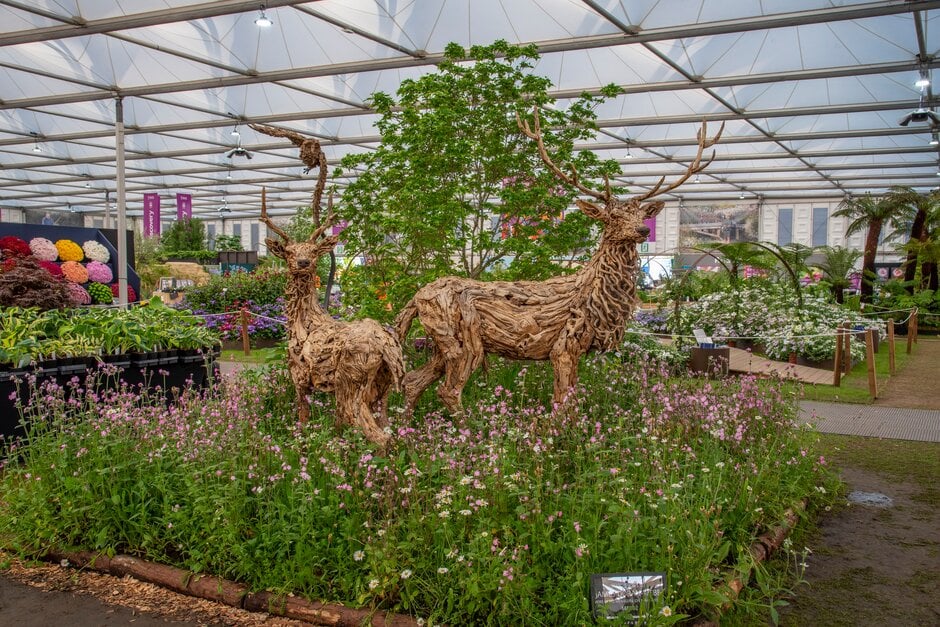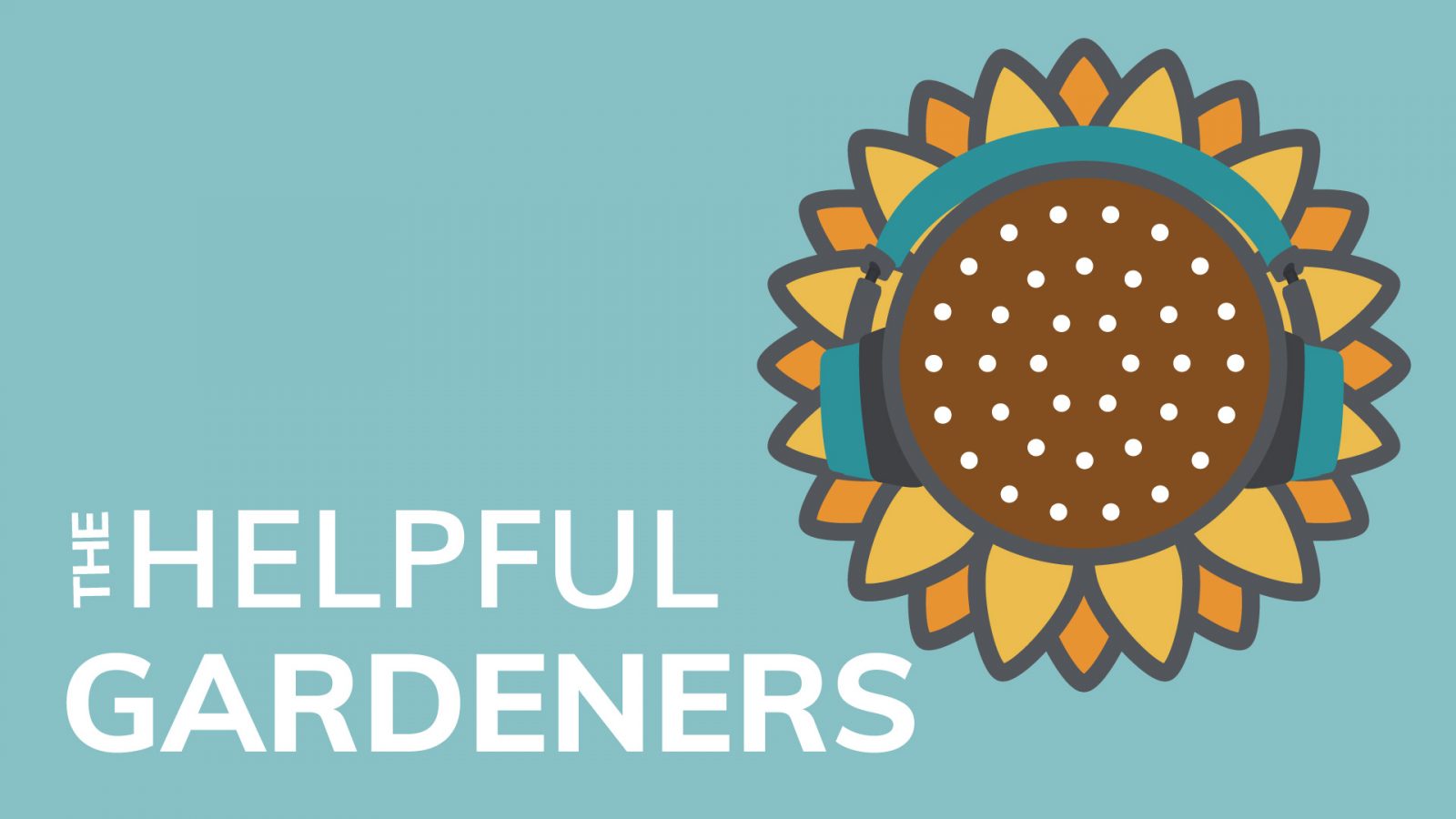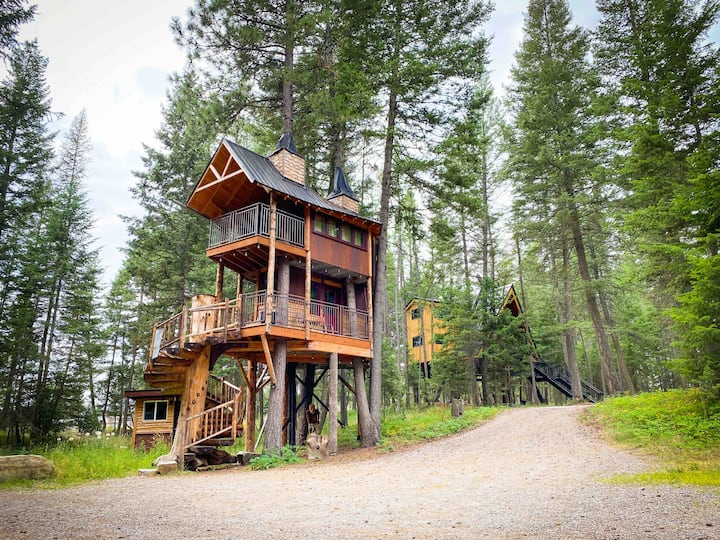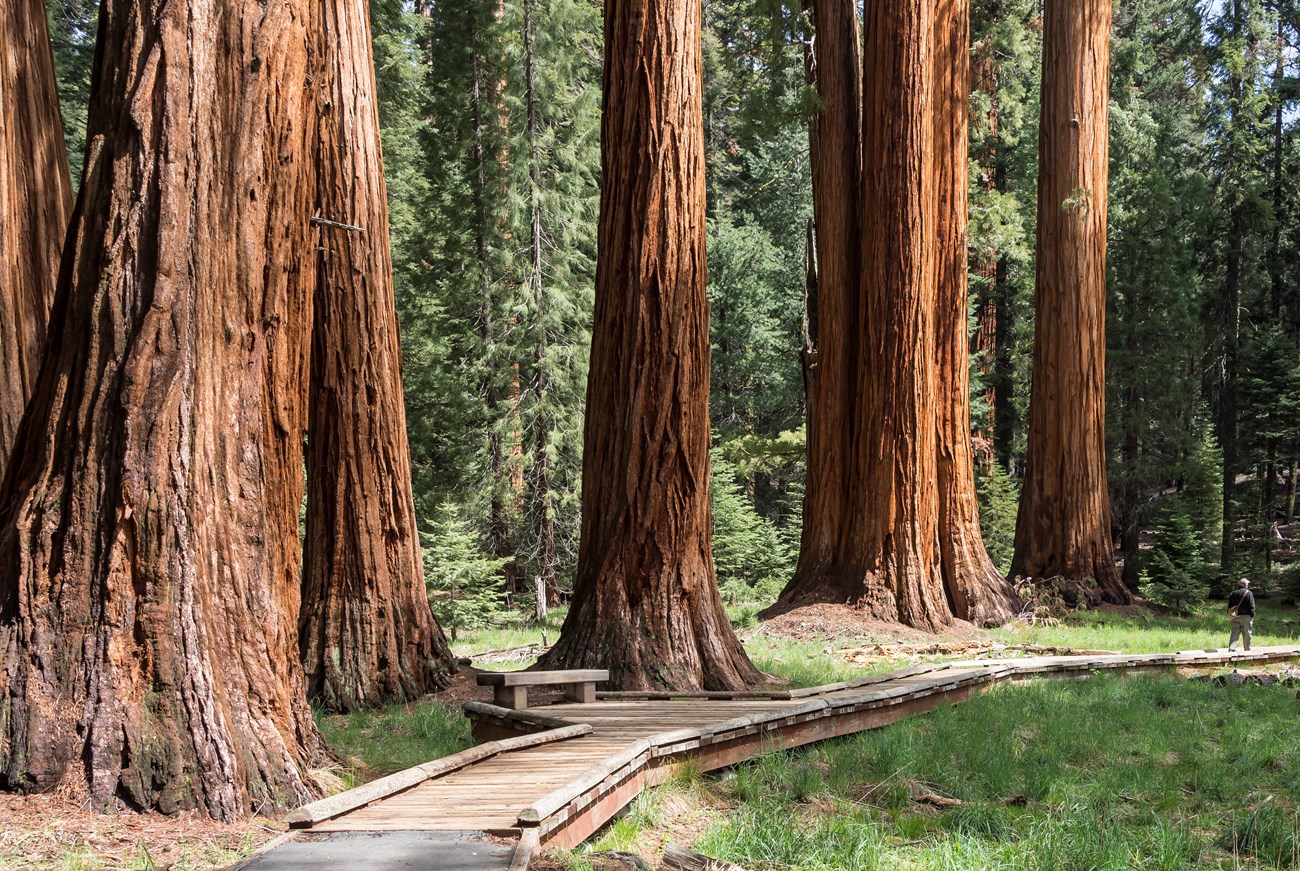Welcome back to the Helpful Gardeners podcast!
8 Planty Destinations for the Plant Nerd
Tree House | Columbia Falls, MT
You may spent time in a treehouse at some point in your life, but did you know there are guesthouses that you can actually rent?! It’s super cool, and you can find them everywhere on Airbnb! For our Alberta and Montana listeners, check out this listing located in Columbia Falls, MT. It’s been built around trees, has plumbing, and utilizes space in really unique ways! Who else wants to stay among the trees on a comfy mattress?
Meadowlark Treehouse at Montana Treehouse Retreat
ECOTourism | Costa Rica
The International Ecotourism Society defines ‘ecotourism’ as
“responsible travel to natural areas that conserves the environment, sustains the well-being of the local people, and involves interpretation and education” (TIES, 2015). Education is meant to be inclusive of both staff and guests.
– https://ecotourism.org/what-is-ecotourism/
This kind of idea has grown traction over the years and Costa Rica is a hub for highly rated eco experiences from rain forests to volcanoes to marine parks. For a relatively small country, the area features national parks, wetlands, biological reserves, protected zones, and wildlife refuges.
Check out the Green Global Travel for a detailed guide on experiences, stays, food, and culture.
Sequoia National Park | California, US
Calling all tree lovers! This famous national park houses some of the largest Sequoia trees in the world. It’s actually known as the “Land of the Giants”! Within the park is “General Sherman”, said to be the largest tree in the world by volume and around 2500 years old.
While the park has fallen victim to flooding and fire in the past few years, it continues to draw international tourism. You can camp, stay in lodges, hike, horseback ride, see wildlife, and enjoy the many viewpoints along the Kings Canyon Scenic Byway.
Asian Influence, Japan
Some of the coolest plants grow in Japan. Sakura (Cherry Blossoms) are celebrated as symbols of spring and are loved so much that they are often the feature of festivals, art, and gatherings. The Cherry Blossom season hits its peak around the beginning of April across the country. However, Kyoto lives up to the hype and draws the most crowds. Kyoto is also home to the Arashiyama Bamboo Grove which invites you to walk through a bamboo forest.

Flower Carpet | Brussels, Belgium
This incredible floral tapestry is created biennially, by a hundred volunteers at Grand-place, a Unesco heritage site. The volunteers are made up of members from the non-profit group, ‘Tapis de Fleurs’ who create a different theme each event. The 1680 square meter carpet is assembled in only 6 hours using a mix of begonias, dahlias, grass, and bark. The next time this will happen is the weekend of Aug 16th, 2025.

Chelsea Flower Show | London, England
The Royal Horticulture Society (RHS) organizes this annual celebration of flowers and floral design in London, England. Floral displays, shopping, celebrities… it’s boujee. The next event is coming up in May 2024 and promises a focus on sustainability. If you’re looking for garden inspo, this is the place to go. There’s even a “no adults allowed” garden designed entirely for children!

Tulip Festival | Amsterdam, Holland
Did you know that the tulips bulbs we bring into Golden Acre come from Holland? You may have heard about the famous tulip fields in Amsterdam. Every spring, millions of tulips bloom across Amsterdam. it’s a spectacle that many folks travel to experience.
One of the most popular places to see the tulips is Keukenhof. The park features 32 hectares of blooms, and in 2024, it’s their 75th anniversary celebration. If there’s a year to go, this is it!
DID YOU KNOW?
The tulips that bloom in Ottawa are a gift from the Netherlands. The tradition has roots all the way in WW2 when Canadians aided the Netherlands not only through fighting, but also through the protection of many members of their royal family.
Learn more | www.veterans.gc.ca
Lavender Fields | Provence, France
While lavender can grow in many areas around the world, France’s lavender fields are the most iconic and deeply rooted in tradition. Depending on weather, the best time to see these fields are toward the end of June, beginning of July. If you want even more, there’s a lavender festival in Valesole the third week of July that celebrates the treasured flower through food, music, art, and tradition.
Houseplant Care While You’re Away
Ask someone you trust
On the podcast, Brandi shared a story about taking care of annuals for a neighbour as a pre-teen and… it didn’t go very well. Consider how many plants you have, the type of care they require, and if that matches the lifestyle of the person you’re asking to babysit. Prepare yourself for the possibility of losing a plant or a leaf. It may happen. If your plants are very valuable, like a bonsai passed down through the family, you may want to look into a professional plant minding service if your area offers it.
Buy timers for your grow lights
A timer for your lights will keep your plants on a schedule and make things even easier for your caretaker. If you can’t get a timer for your lights, just leave your growlights on especially through the winter months when they won’t get enough light.
Create Care Instructions
Create a list of your plants and the type of care they require. How much water and how often does each plant need a top up? The easier you make it on your caretaker, the better. You could even create an online google doc that you can share the link to, add photos, etc.
Don’t Flood Plants
This is essentially overwatering and can lead to roots sitting in water and developing root rot or other pathogens. Instead, consider adding a water spike with a terracotta base to the soil surface. Fill up a bottle and insert it into the spike. The terracotta will allow passage of water as the soil needs it. This is ideal if you have only a few plants that require weekly attention.
Fertilizing Schedules
Err on the side of caution. Under fertilizing is better than over fertilizing. Pick it back up when you come back. If you’re growing cannabis and need to keep up with fertilizing, make sure you bring in someone you trust to stay on your unique fertilizer schedule.
Inspects for Pests
Catch a problem when it’s small so you don’t come back to an infestation. There are products like nematodes that you can water into the soil to help prevent major issues like fungus gnats while you’re away.
*************************
CONNECT WITH US
Thank you so much for supporting our podcast and for making the world a more planty place. Please subscribe, leave a rating or review and listen in for new gardening discussions every week!
Subscribe to our show on Spotify, Apple, and Google
Leave an anonymous voicemail and be featured on the show!
Instagram
Facebook
Email us info@goldenacre.ca (SUBJECT: PODCAST)




